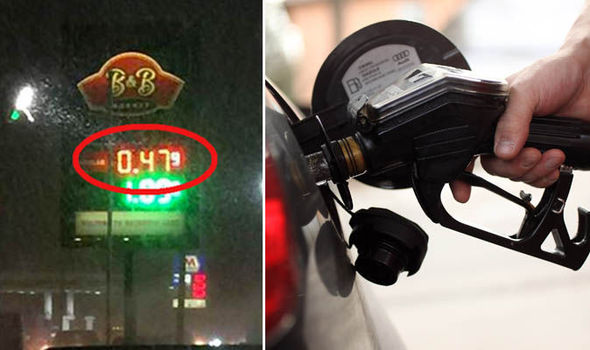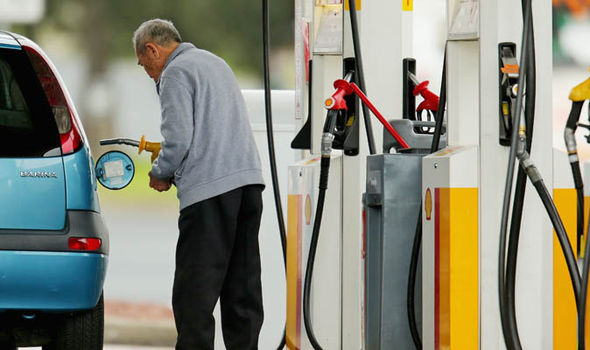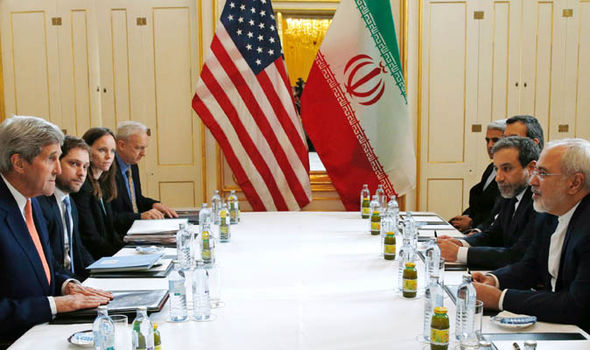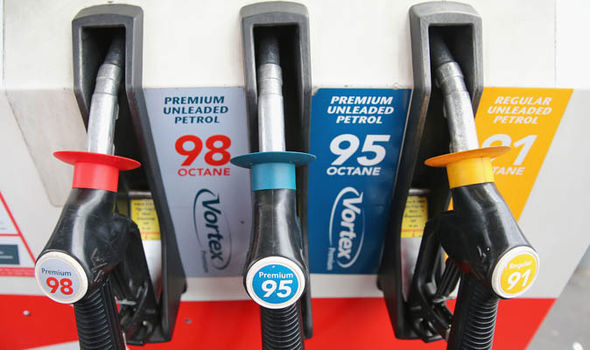Mbalamwezi
JF-Expert Member
- Sep 30, 2007
- 800
- 171
Bado EWURA jipu bhana,sasa unataka kutuambia tatizo kodi au usafiri,unaambiwa kenya mafuta ni sawa na Tshs 1,200/= sisi shida ni nini?lengo kutukomoa walaji au ni kukuza uchumi?
MKuu Mkoroshokigori,
msikubali kudanganywa kirahisi. Nenda hapa Pump Prices
utapata bei za mafuta Kenya. Ukiona uvivu, Nairobi lita ya Petroli ni sh. za Kenya 88, ambazo hapa ni sawa na sh 1, 885. Mbona tunadanganywa kirahisi hivi na taarifa zote ziko mtandaoni?












